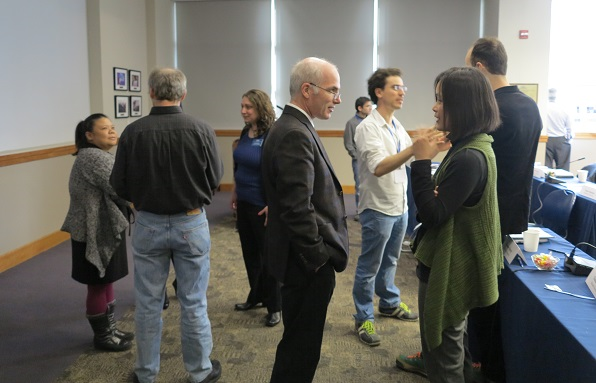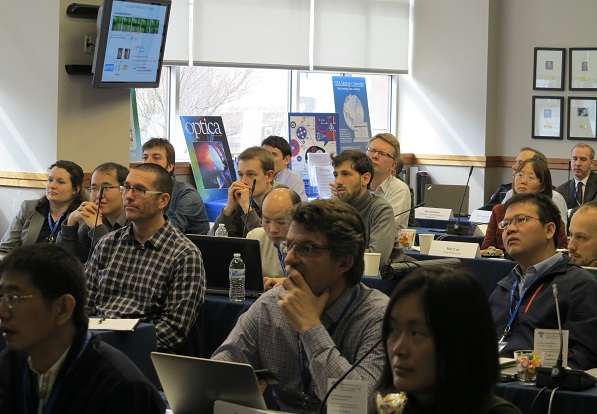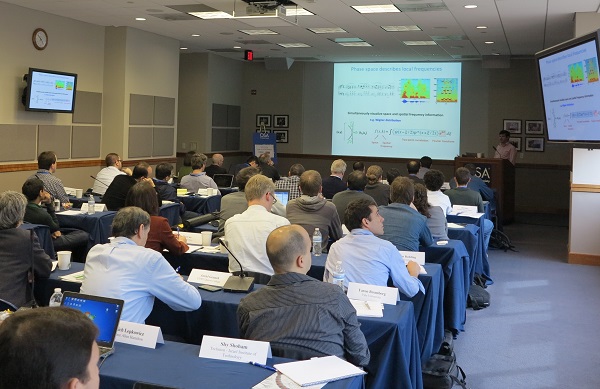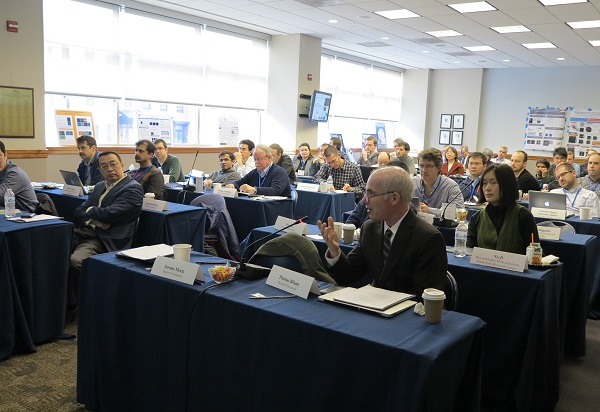Day 2: Propagating Further
Day 2: Propagating Further
David Norris
- The main challenge remains increasing the signal from a point of interest in the face of a large background of diffuse light. Tools such as spatial light modulators can impart a signal gain up to the number of pixels, but no further. Multi-photon techniques hold promise but require compensation of both spectral and spatial degrees of freedom.
- The utility of the so-called “memory effect” for scanning a focus across a sample was much discussed, but without clear consensus on whether it can work in the completely diffusive regime. An alternative is sampling at multiple separated spots, either sequentially or in parallel.
- Much work is still to be done in making techniques fast enough and robust enough for use in dynamic scattering media or to image at high frame rate.
- The use of ultrasound transducers to create internal “guide stars” has been a major breakthrough, and work should continue to reduce their size down to the optical limit.
- The funding landscape is promising. NIH has several initiatives related to imaging standards and photonics development, and sensing through turbid and complex environments remains a priority for defense research agencies. There are many related topics ripe for future Incubator meetings.
The intimate setting of the meeting allowed for a remarkable amount of depth and discussion in a relatively short time, with many opportunities for informal discussion over posters, coffee, and dinner. Many thanks to the organizers at OSA, the meeting sponsors at ThorLabs and Boston MicroMachines, and the hosts from Boston University for putting together such a timely meeting that has brought a great deal of focus to this rapidly evolving field.
Note from OSA Staff: To learn more about OSA Incubator Meetings or host your own, visit the OSA Incubator Meetings page online.

Attendees network during breaks.


Jason Fleischer, Princeton University, speaks.

Thomas Bifano, Boston University, asks a question.
